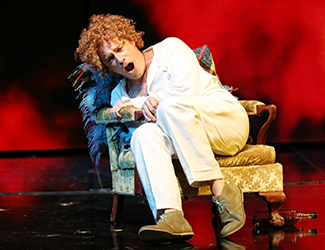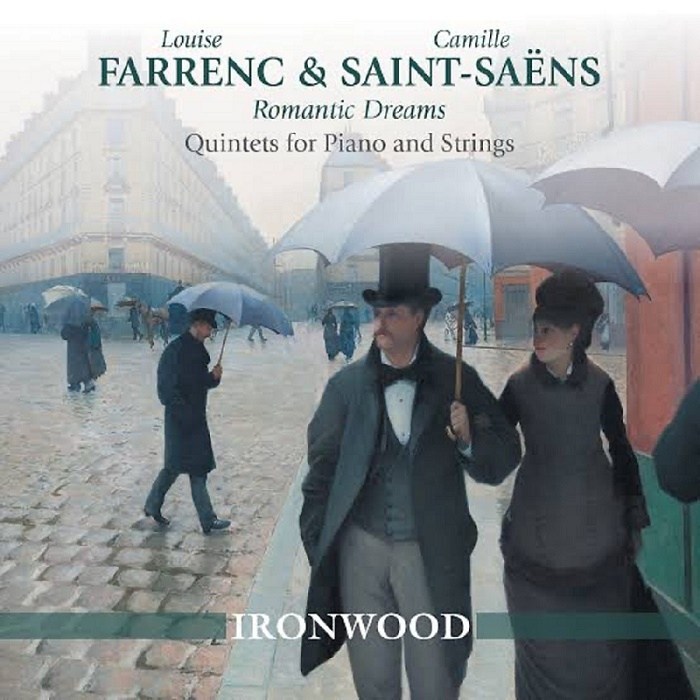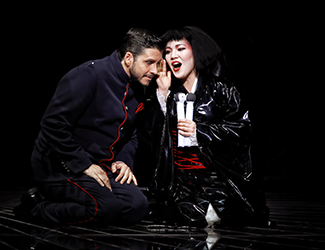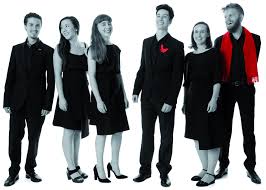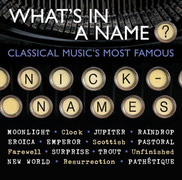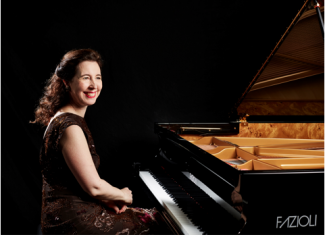Opera Review: Whiteley/ Opera Australia
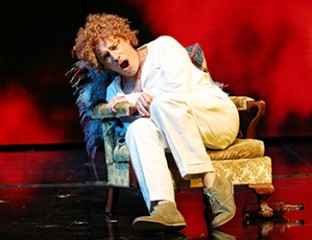
Photo credit: Prudence Upton
Whiteley
Opera Australia
Joan Sutherland Theatre, Sydney Opera House
15 July 2019
Written by Deen Hamaker
Brett Whiteley was an iconic Sydney artist who lived life large and loud. His art was wild and outrageous, flamboyant and erotic, unsettling and unapologetic. It encapsulated Sydney, the Harbour City with its deep blue waters, its blinding bright sunlight, its gorgeous sensuality. He struggled with the appetites and addiction that ultimately consumed him. Nearly three decades after his death, his artwork fetches fortunes at auction and is held in collections around the world. Opera certainly is an unusual way to tell the story of a modern artist and while it is not entirely successful, thanks to Elena Kats-Chernin’s constantly fascinating score, Whiteley is a vibrant new statement in Australian opera.
First and foremost, Elena Kats-Chernin’s score is beautiful and complex, yet entirely contemporary and of the moment. Her music is atmospheric, highly coloured and sensuous. From the galleries of 1960’s London to the beaches of Fiji and the paradise of the garden of Lavender Bay, Kats-Chernin captures a sense of place and time that works spectacularly. Just beneath this though, there lurks an underlying darkness and mystery creating a very real sense of Whiteley’s inner workings and artistic torments. The score encompasses a huge range of moods and influences, referencing everything from jazz to tango, religious music to contemporary minimalism without jarring or ever descending into tokenism. Kats-Chernin uses unexpected orchestral combinations and an augmented percussion section to create a wide range of moods perfect for the opera’s varied scenes. Particularly stunning are the scene examining the effect of the John Christie murders on Brett, the scene of the family living in Fiji and the sunrise on the harbour early in Act II. There are several interesting ensembles and choral scenes dotted throughout the score culminating in a ravishing final trio.
Justin Fleming has created the libretto based on the major moments of Brett Whiteley’s life from childhood to death from a heroin overdose. The libretto is rather episodic and flows in a series of short scenes across Act I. Unfortunately, these don’t really coalesce into a cohesive whole, despite some clever moments. Once we move into Act II, the story comes together but several characters remain as just ciphers that are only there to show Brett’s reaction to them instead of having their own inner motivations. Fleming’s libretto tries to simultaneously be profound and conversational. Some scenes are dense and verbose and other scenes are so thinly drafted their place in the story is hard to discern. Events in Brett’s life are strung out in chronological order but seem to have been included randomly and it is only once the Whiteleys return to Australia that the myriad of narrative threads come together. By concentrating on telling the exact story of Brett and Wendy’s lives, the libretto appears to forget to make the characters fully three-dimensional.
Much has been said of Opera Australia’s 12 large LED panels and the possibility that they provide to create stunning cutting edge performances. But technology itself does not make a show. It takes a production team of vision to make productions using these screens work. The production team comprising David Freeman, Dan Potra and Sean Nieuwenhuis, has embraced the technology and created a magical production. The opera takes place inside the world of Brett’s paintings and drawings. The production is well set and theatrical. The use of the screens is exemplary. Paintings come to life and we are magically transported to exotic locales from Bali to Wendy Whiteley’s secret garden in Lavender Bay. Transitions happen magically. Brett’s most famous masterpieces and some of his lesser known artworks are juxtaposed perfectly with the action. For the scenes set in the Whiteley’s house, the production team has found an inventive way to use Brett’s famous deep iridescent blue. The moment of creation of Brett’s seminal masterpiece “The balcony 2 (1975)” at the top of Act II drew gasps of wonder from the audience. Whiteley is Opera Australia’s fourth “digital’ production and the results here are spectacular and on a level unseen in previous digital productions.
On the vocal front, a huge stellar largely Australian cast excels in a variety of roles. Leigh Melrose, the British baritone, takes on the role of Brett Whiteley. He sang the wide-ranging role with style and dynamism, although his characterisation of Brett Whiteley as the addled, troubled artist did start to drag towards the end. He had all the power needed for the big moments but his sotto voce did not project ideally.
Julie Lea Goodwin as Wendy Whiteley, Brett’s intrepid wife, is magisterial. Not only does she execute the difficult music with ease, but she looks every inch like the glamourous young Wendy Whiteley. Her soaring voice is pure and yet earthy. She exudes the sensuality of Wendy with her electric performance, filling in the details of who Wendy was, details often overlooked in the libretto and dramaturgy. Her clear English was clearly understood without the need to resort to the surtitles.
Kate Amos, as Brett and Wendy’s daughter, Arkie, has a lovely soprano voice with surprising power. Her performance is excellent but she is ill-served by the thinly drawn character in the libretto. Dominica Matthews is wonderful as Beryl Whiteley, Brett’s mother. As always, she brings her consummate acting and vocal skills to her portrayal and gives a sympathetic reading of Beryl. Richard Anderson gives a memorable performance as Joel Elenberg, Brett’s best friend. Nicholas Jones, Gregory Brown , Alexander Hargreaves, Brad Cooper, Sitiveni Talei and Celeste Lazarenko are all superb in their myriad cameos, as were those in the more minor roles.
The Opera Australia chorus was marvellous throughout, whether singing as critics or as Fijian villagers, they rose to the challenge of the complex choral writing Kats-Chernin has devised. Impeccable diction meant that every word was clearly heard and understood. Kats-Chernin’s mecurial score was conducted sensationally by Tahu Matheson. He did an excellent job of shaping the sound and bringing out all the colours from the Opera Australia Orchestra which responded in kind with bravura playing and wonderful expression.
A stunning artistic production with stellar performances and a gorgeous beguiling musical score, this is one of the shows of the year. Minor gripes about the libretto aside, do not miss your chance to see this outstanding creation of the rise and fall of an Australian artistic giant.
SoundsLikeSydney©
Deen Hamaker is a passionate opera aficionado and commentator. Introduced to theatre, opera and classical music at a very young age, he has acted in and directed several theatre productions, both in Australia and overseas. Deen lived in Japan for several years and studied the performing arts of Asia. Deen’s particular passion is opera, particularly the Russian, French and Modern repertoire. Deen was a contributing author for “Great, Grand and Famous Opera Houses”, 2012. Fluent in Japanese, Deen holds a Bachelor of Arts in Japanese from Griffith University and currently lives in Sydney.

